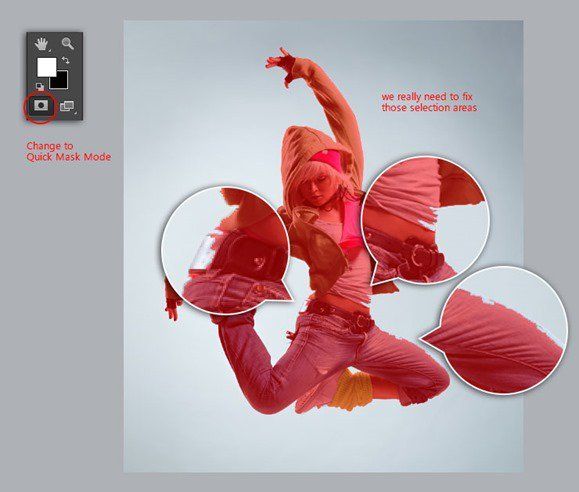Rhythmic Rendezvous: A Step-by-Step Guide to Crafting a Captivating Street Dance Competition Poster with Photoshop

Introduction:
In the pulsating world of street dance, where rhythm meets movement, the announcement of a dance competition is a celebration of creativity, energy, and cultural expression. Designing a captivating street dance competition poster is a creative endeavor that requires a perfect blend of urban flair, vibrant colors, and dynamic typography. This extensive guide will lead you through the step-by-step process of creating an eye-catching street dance competition poster using Adobe Photoshop. From conceptualization to the final touches, you’ll embark on a journey to capture the spirit of the street and communicate the excitement of the dance competition to a diverse audience.
Chapter 1: Embracing the Urban Vibe
1.1 Understanding Street Dance Aesthetics:
- Explore the visual elements that define street dance culture, such as graffiti, street art, and urban landscapes. Discuss the importance of capturing the raw and energetic essence of street dance in the poster.
1.2 Researching Dance Styles and Themes:
- Encourage thorough research into various street dance styles, from breakdancing to hip-hop, and identify themes that resonate with the competition’s vibe. Discuss the significance of aligning the poster with the chosen dance styles.
Chapter 2: Setting the Stage – Planning Your Poster
2.1 Defining Poster Dimensions and Layout:
- Provide guidelines on setting up a new Photoshop document with dimensions suitable for a poster. Discuss considerations such as standard poster sizes and the importance of a dynamic layout.
2.2 Sketching Poster Concepts:
- Encourage the initial sketching of poster concepts to map out the overall design. Discuss how sketching helps in visualizing composition, text placement, and the incorporation of dance elements.
Chapter 3: Creating a Vibrant Background
3.1 Urban Backdrop Design:
- Guide readers through the process of creating a vibrant urban backdrop for the poster. Discuss techniques for incorporating graffiti textures, street patterns, and cityscape elements to establish the street dance atmosphere.
3.2 Color Palette Selection:
- Explore the selection of a vibrant and complementary color palette that reflects the energy of street dance. Discuss the psychology of colors and their impact on conveying the mood of the competition.
Chapter 4: Dynamic Typography for Dance
4.1 Choosing Dance-Inspired Fonts:
- Discuss the importance of selecting dynamic and expressive fonts that complement the street dance theme. Explore graffiti-inspired fonts, bold typefaces, and creative lettering options.
4.2 Text Placement and Hierarchy:
- Guide readers on effective text placement and hierarchy to ensure clear communication. Discuss the use of bold headlines, subheadings, and strategic positioning to guide the viewer’s attention.
Chapter 5: Showcasing Dance Elements
5.1 Incorporating Dance Silhouettes:
- Explore the use of dynamic dance silhouettes to visually represent various street dance styles. Discuss techniques for creating or sourcing high-quality dance silhouette images.
5.2 Adding Movement with Dynamic Lines:
- Introduce the use of dynamic lines and shapes to convey movement and energy in the poster. Discuss how these elements contribute to the overall dynamism of the design.
Chapter 6: Poster Details and Competition Information
6.1 Event Details Placement:
- Discuss strategic placement of event details, including date, time, venue, and ticket information. Explore creative ways to integrate this information seamlessly into the poster without detracting from the visual appeal.
6.2 Sponsor Logos and Partnerships:
- Guide readers on incorporating sponsor logos and showcasing event partnerships. Discuss the importance of aligning sponsor visuals with the overall design while maintaining a cohesive look.
Chapter 7: Enhancing the Poster with Texture and Effects
7.1 Grunge and Distressed Effects:
- Explore the application of grunge and distressed effects to add an urban edge to the poster. Discuss the use of textures, overlays, and blending modes to achieve an authentic street feel.
7.2 Lighting and Glowing Elements:
- Introduce techniques for adding lighting and glowing elements to highlight specific areas of the poster. Discuss how these effects contribute to a sense of dynamism and excitement.
Chapter 8: Testing and Refining the Design
8.1 Color Correction and Consistency:
- Discuss the importance of color correction to ensure consistency across the poster. Explore techniques for refining color balance, contrast, and saturation.
8.2 Usability Testing:
- Encourage usability testing to assess the poster’s effectiveness in conveying information. Discuss considerations such as legibility, clarity of details, and overall visual appeal.
Chapter 9: Exporting and Printing Considerations
9.1 Optimizing for Print:
- Guide readers on optimizing the poster for print by setting the correct resolution, color mode, and file format. Discuss considerations for maintaining high print quality.
9.2 Online Sharing and Social Media Adaptation:
- Explore the adaptation of the poster for online sharing and social media promotion. Discuss the use of different file formats, aspect ratios, and the importance of creating engaging social media visuals.
Chapter 10: Showcasing Your Street Dance Poster Design
10.1 Design Presentations: – Discuss the creation of design presentations to showcase the street dance poster. Explore the use of mockups, digital presentations, and design portfolios to present the design in various contexts.
10.2 Engaging with the Community: – Encourage designers to engage with the street dance community by sharing their designs on social media platforms, forums, and dance-related events. Discuss the value of community feedback and exposure.
Conclusion: Unleashing the Rhythm in Design
In conclusion, crafting a captivating street dance competition poster is an exhilarating journey that intertwines creativity, urban aesthetics, and a deep understanding of dance culture. This comprehensive guide has equipped you with the skills and insights needed to bring the rhythm to life in your design. May your poster resonate with the beats of the street, captivate audiences, and become an emblem of the vibrant dance community it represents.




